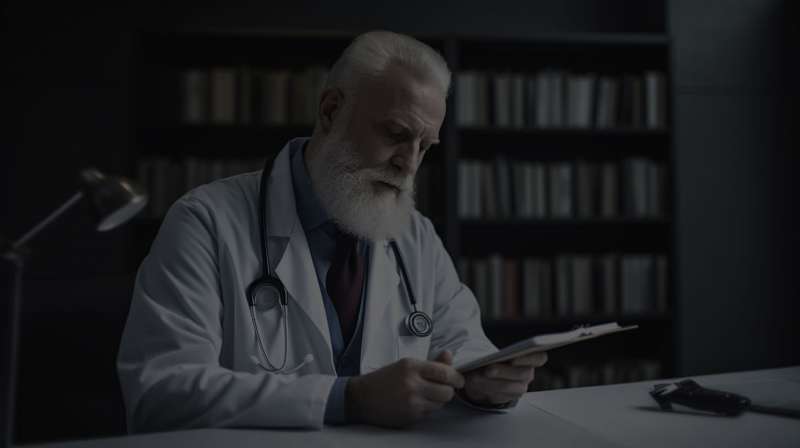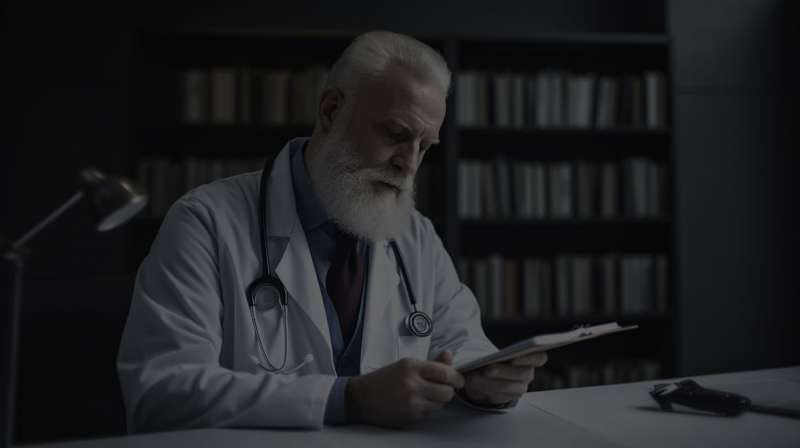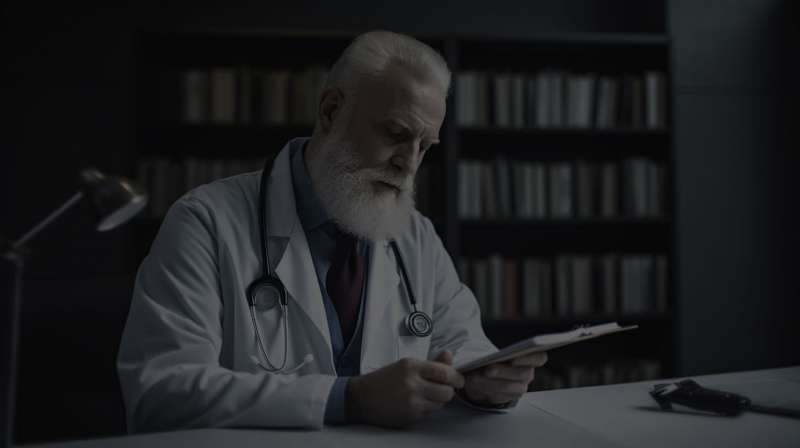Important Information
If you inhale carbon monoxide or other harmful substances, you may experience headache, dizziness, nausea and chest tightness
You may cough, wheeze and have difficulty breathing; The skin may become pale, then bluish with cherry-red appearance on nail beds and lips
Treat any suspected ingested or inhaled poison, or any poisoning that alters the patient's breathing or conscious level, as a medical emergency; Follow primary care procedures
Patient Care; Inhaled Poison
- If necessary, move the patient to an area with fresh air; Perform a primary and secondary assessment and monitor the patient's Cycle of Care AB-CABS
- For a responsive patient, help to loosen clothing around the neck and chest for easier breathing; Conduct an illness assessment and gather information about what, when and how much poison was inhaled while waiting for EMS to arrive
- If available, read the label on the substance for poisoning instructions and call the Poison Control Center for further directions
- If available and permitted to do so, administer emergency oxygen and continue to support the patient until EMS arrives




Share on social media